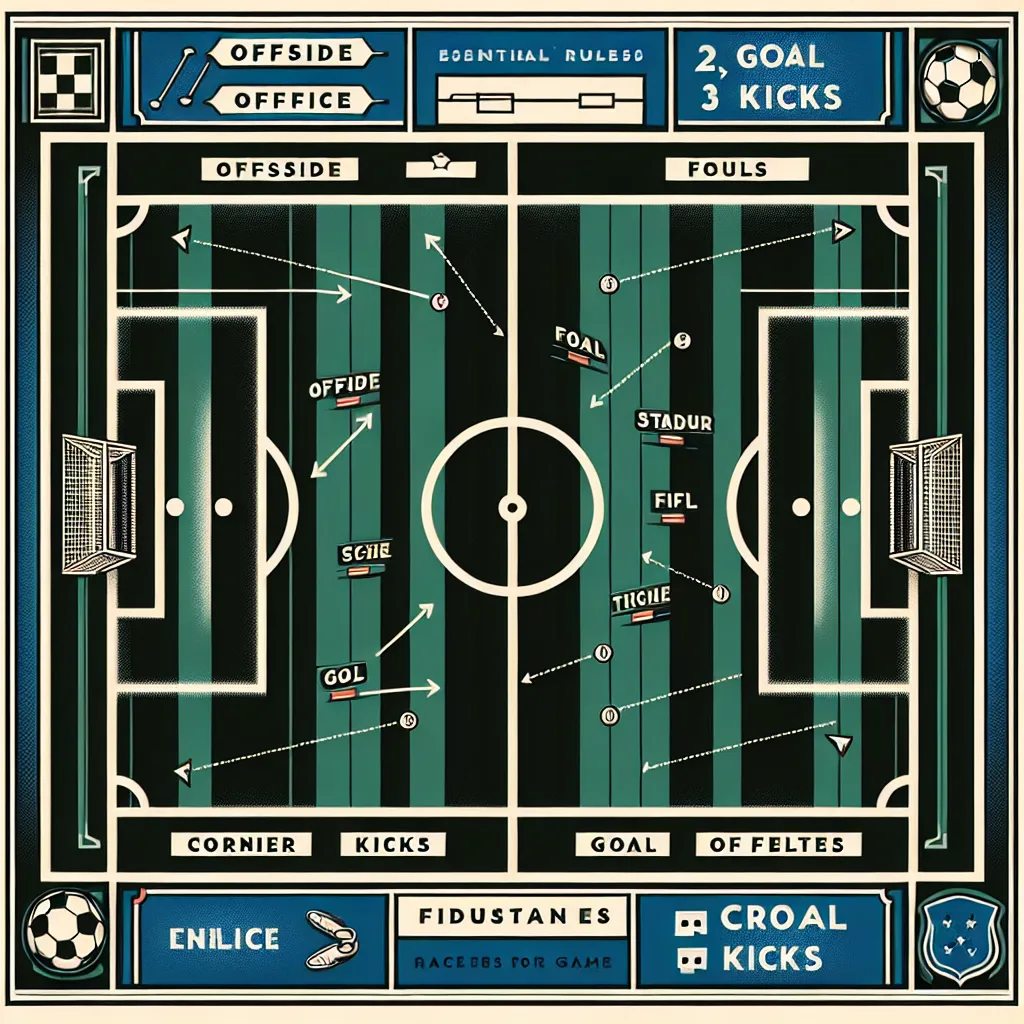Ask AI on The Internet
Creating a "lucky formation" in soccer involves recognizing both your team's strengths and the style of play that has historically brought you success. Here are some general guidelines to help you develop your lucky formation: ### 1. **Know Your Players:** - **Skill Levels:** Understand each player's skillset, strengths, and weaknesses. - **Fitness:** Evaluate the fitness levels to determine how long players can sustain intensive play. - **Preferred Positions:** Respect player comfort and proficiency within certain roles. ### 2. **Common Successful Formations:** - **4-4-2:** Balanced between defense and attack; good for teams with strong, traditional wing play and a reliable pair of strikers. - **4-3-3:** Attacking formation with three forwards; beneficial for teams with strong wingers and a solid central midfield. - **3-5-2:** Provides midfield domination and flexibility; good for teams with strong wing-backs who can transition quickly between defense and attack. - **4-2-3-1:** Versatile and balanced; effective for teams with creative attacking midfielders and a solid defensive midfield pairing. - **5-3-2 or 3-4-3:** Effective for a robust defense and quick counter-attacks; suitable for teams good at transitioning and with pacey forwards. ### 3. **Analyze Opponents:** - Adjust your formation based on your opponents’ strengths and weaknesses. - If the opponent is strong offensively, a more defensive formation like 4-5-1 might be useful. - Against weaker defenses, a more aggressive formation like 4-3-3 may be advantageous. ### 4. **Team Cohesion and Communication:** - Ensure all players are clear about their roles within the chosen formation. - Emphasize communication on the field to effectively manage transitions and defensive organization. ### 5. **Flexibility and Adaptation:** - Be prepared to alter the formation during the match based on how the game progresses. Substitutions and tactical shifts can provide an edge. - Sometimes what works in one game may not be as effective in another; stay adaptive. ### 6. **Practice:** - Regularly practice the chosen formation(s) so players are comfortable. - Run through different scenarios in training to ensure players know how to react and adapt within the formation. ### 7. **Superstitions (if applicable):** - If certain rituals or routines have been associated with lucky outcomes, incorporate those mindfully, ensuring they enhance rather than distract. ### Example of Lucky Formation Implementation: **Formation: 4-3-3** - **Goalkeeper:** Solid and confident to handle long balls and direct shots. - **Defenders:** Two center-backs who are strong in aerial duels and maintaining a high line. Two full-backs who can contribute to the attack with overlapping runs. - **Midfielders:** One defensive midfielder to break up play, and two box-to-box midfielders who can support both defense and attack. - **Forwards:** A central striker good at finishing, flanked by two wingers who can cut inside and create scoring opportunities. **Adjustments During the Match:** - If leading, switch to a 4-5-1 to maintain defensive solidity. - If chasing a goal, switch to a 3-4-3 to increase attacking players on the field. Ultimately, your "lucky formation" will be one that maximizes your team's strengths, counters the opponent’s threats, and works in harmony with your team's overall playing philosophy.
Think your answer is better than the AI's? Post it below.
Other Most Relevant Posts:
Question Tags
If you want your question answered by an AI, click here.







Post your own comment: